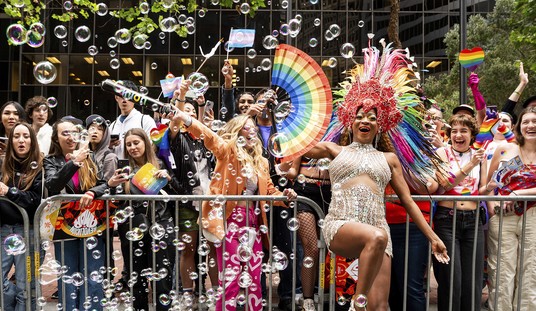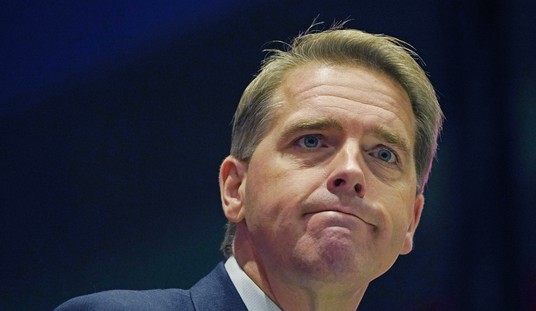Monday morning Gizmodo reported that Facebook’s news curators routinely suppress news of interest to a conservative audience. The report also claimed the site’s curators would take stories that arose from conservative news sites (stories which were organically trending on Facebook) and replace them in the top trending list with mainstream reports on the same topic.
The Gizmodo story was careful to point out that no one at Facebook had asked the curators to suppress conservative news. On the contrary, the two former curators who spoke with Gizmodo put it down to the unintentional bias that comes from hiring young, east coast journalists who are mostly left-leaning. Nevertheless, Monday afternoon Facebook released a statement which reads like a non-denial denial. Politico reports:
In a statement, a Facebook spokesperson said they have specific guidelines to prevent bias:
“We take allegations of bias very seriously. Facebook is a platform for people and perspectives from across the political spectrum. Trending Topics shows you the popular topics and hashtags that are being talked about on Facebook. There are rigorous guidelines in place for the review team to ensure consistency and neutrality. These guidelines do not permit the suppression of political perspectives. Nor do they permit the prioritization of one viewpoint over another or on news outlet over another. These guidelines do not prohibit any news outlet from appearing in Trending Topics.”
If you read that statement closely you’ll notice it does not contain a denial that the suppression of conservative news stories took place. What the PR statement does say is that “there are rigorous guidelines in place” to prevent it. Well, there’s an excuse we’ve never heard before.
Rigorous guidelines are not the same as an algorithm which simply elevates what is actually trending on the site. In other words, this statement goes some way toward confirming that there is space between the list and the curators for bias to creep in at Facebook.
So did it?
The former curators quoted by Gizmodo say it did. “It was absolutely bias. We were doing it subjectively,” one of the ex-curators tells Gizmodo. Has anyone at Facebook actually tried to discount this claim? This could be answered definitively by simply comparing what was actually trending to what appeared on the curated list of trending stories on any given day. If Facebook wanted to prove to users that it did not allow anyone to suppress conservative stories it could release the information over a week (prior to this story breaking) so everyone could examine the differences. The data is there and yet we’re only getting this statement about guidelines which, we should note, we haven’t seen.
Guidelines can be bent or broken by the people making the decisions. If those curators are overwhelmingly left-leaning it shouldn’t come as a shock that material from another perspective gets overlooked or suppressed. The reality of bias is much different than the perception. It’s usually not about dishonest people trying to impose their will on the news cycle (though it sometimes is that). Usually bias is just a judgment about what is of greater or lesser importance at a given moment. A room full of left-leaning 20-somethings are likely to miss a few things, even with the best guidelines and the best intentions.
If Facebook is serious about staying out of the biased news business, the company should talk to the conservatives who point it out every day. In a world where Twitter has a Trust and Safety Council, maybe Facebook could use an ombudsmen to make sure the “rigorous guidelines” are being rigorously followed.








Join the conversation as a VIP Member